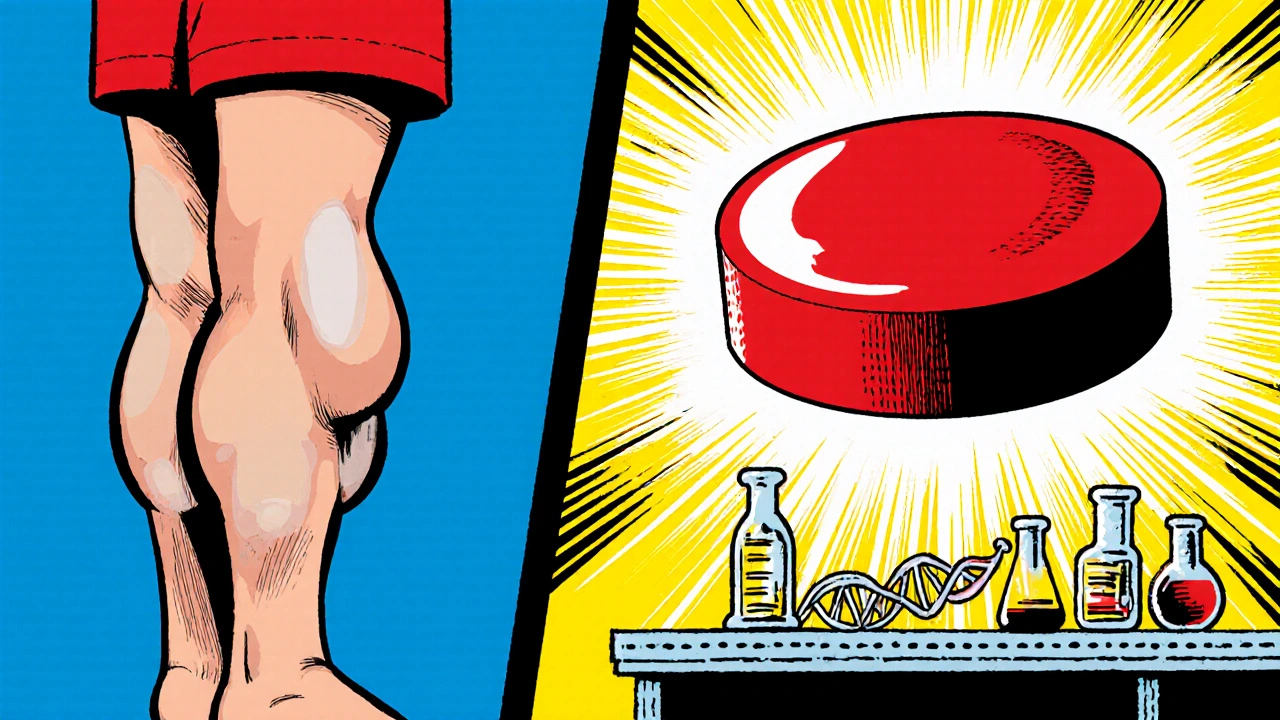Swelling Reduction: How Medications and Lifestyle Choices Help
When your ankles puff up, your hands feel tight, or your face looks puffy in the morning, you’re dealing with swelling reduction, the process of decreasing excess fluid buildup in tissues, often called edema. It’s not just a cosmetic issue—it can signal heart, kidney, or liver problems, or simply be a side effect of meds like NSAIDs or blood pressure drugs. What you do next matters: some pills make it worse, others fix it, and timing can make all the difference.
NSAIDs, nonsteroidal anti-inflammatory drugs like diclofenac and ibuprofen are common culprits. They ease pain but can cause your body to hold onto water, leading to swelling. On the flip side, diuretics, medications that help your kidneys flush out extra fluid, are often prescribed to treat swelling from heart failure or high blood pressure. But they don’t work in a vacuum—taking calcium supplements at the wrong time, like with bisphosphonates, can mess with how your body absorbs everything, including the drugs meant to reduce swelling. Even something as simple as coffee can interfere with how your body processes certain meds, making swelling harder to control.
Swelling doesn’t always come from inside. It can be triggered by sitting too long, eating too much salt, or even the weather. That’s why swelling reduction isn’t just about popping pills. Moving your legs, elevating swollen areas, cutting back on sodium, and wearing compression socks all play real roles. And if you’re on something like Ramipril, which can make your skin more sensitive to sun, you might not realize that heat and prolonged standing are making your swelling worse. It’s all connected.
What you’ll find below are real, no-nonsense guides on how medications interact with your body’s fluid balance. From how diclofenac gel helps localized swelling without the side effects of pills, to why simethicone won’t touch fluid retention but might help with bloating, these posts cut through the noise. You’ll see how drugs like Empagliflozin—designed for diabetes—also reduce swelling by pulling fluid out through urine. And you’ll learn what to avoid, like mixing caffeine with warfarin, which can throw your whole system off-kilter. No theory. No fluff. Just what works, what doesn’t, and what you need to know before your next doctor’s visit.

Indapamide for Edema: How It Reduces Swelling
- Oct, 16 2025
- 13
Learn how indapamide, a thiazide‑like diuretic, helps reduce edema by removing excess fluid and lowering blood pressure, with dosage tips and side‑effect guidance.
Categories
- Health and Wellness (51)
- Medicine (36)
- Health and Medicine (30)
- Women's Health (9)
- Mental Health (8)
- Men's Health (7)
- Beauty and Wellness (4)
- Health Information (4)
Archives
- December 2025 (19)
- November 2025 (25)
- October 2025 (27)
- September 2025 (14)
- August 2025 (3)
- July 2025 (2)
- June 2025 (2)
- May 2025 (3)
- April 2025 (4)
- March 2025 (4)
- February 2025 (2)
- January 2025 (3)
- online pharmacy
- medication safety
- dietary supplement
- health benefits
- dietary supplements
- prevention
- fertility
- online pharmacy Australia
- treatment
- treatment options
- benefits
- connection
- drug interaction
- drug interactions
- pregnancy
- Cancer Treatment
- depression medication
- antidepressants
- quality of life
- anxiety treatment
